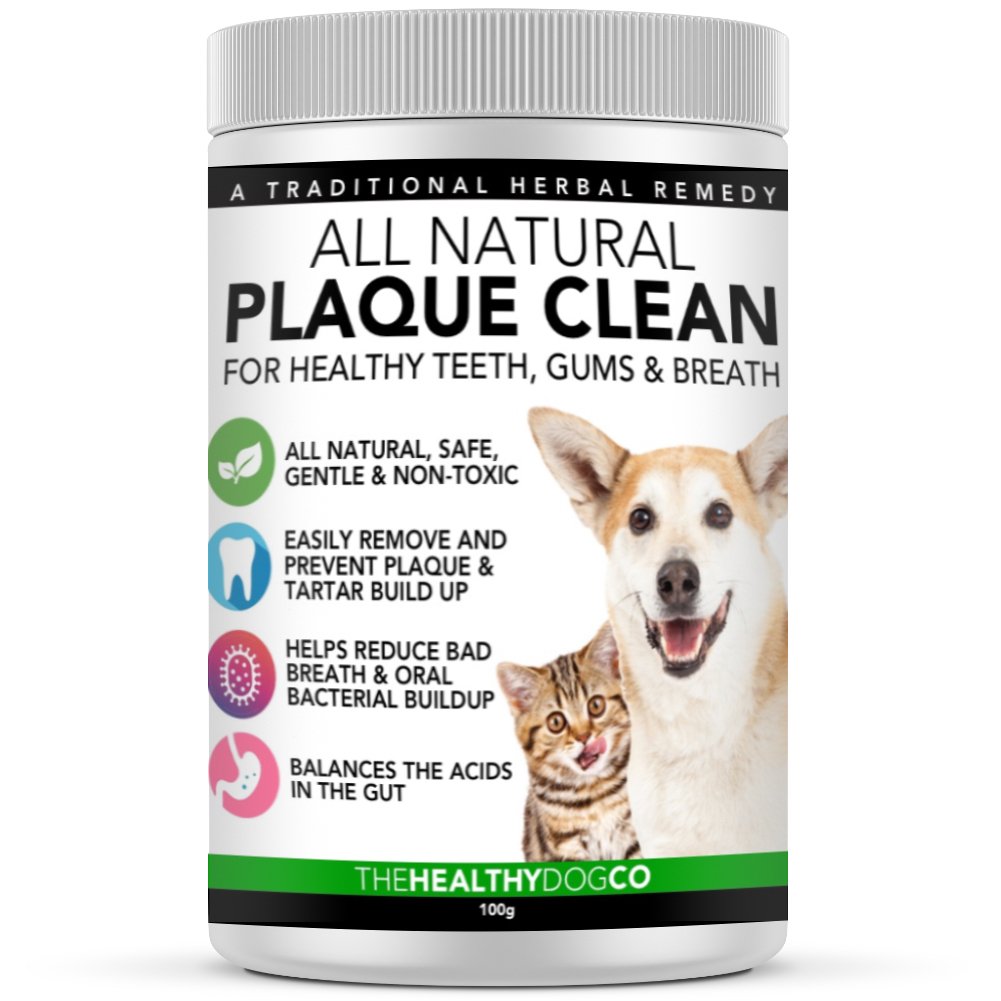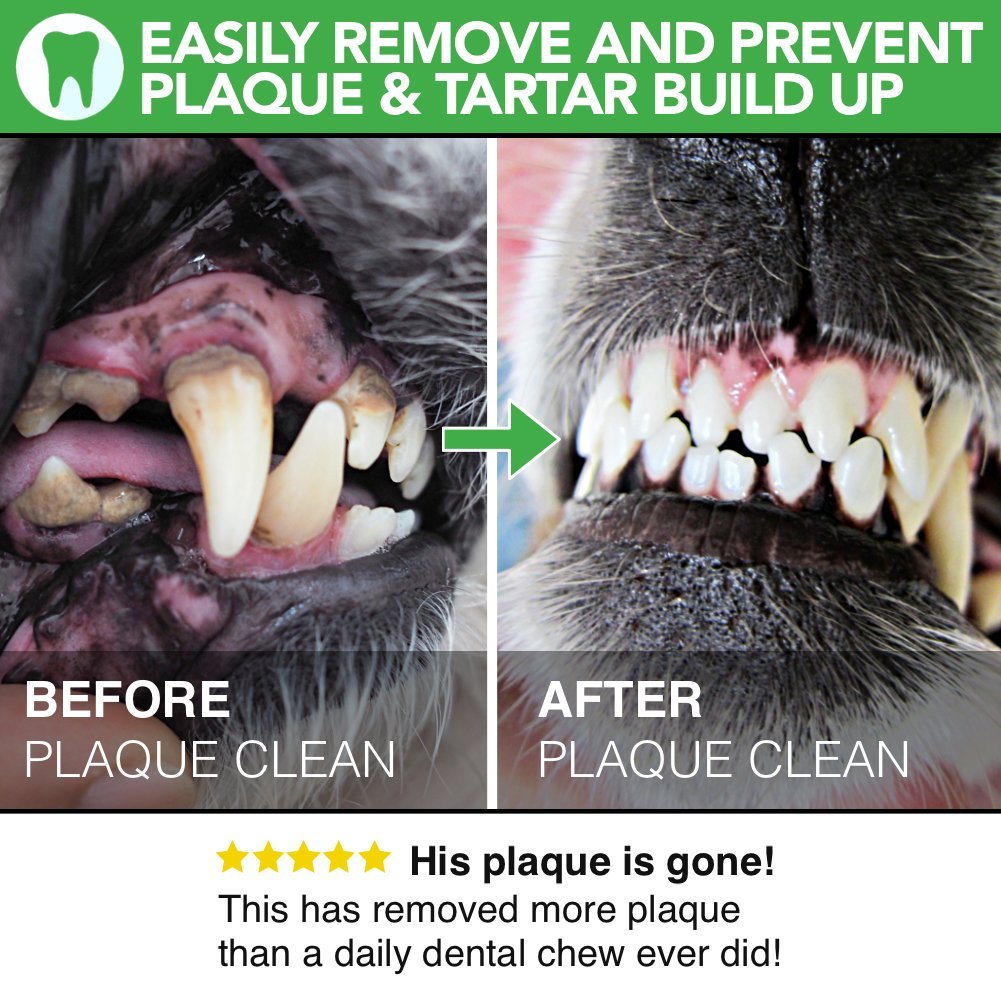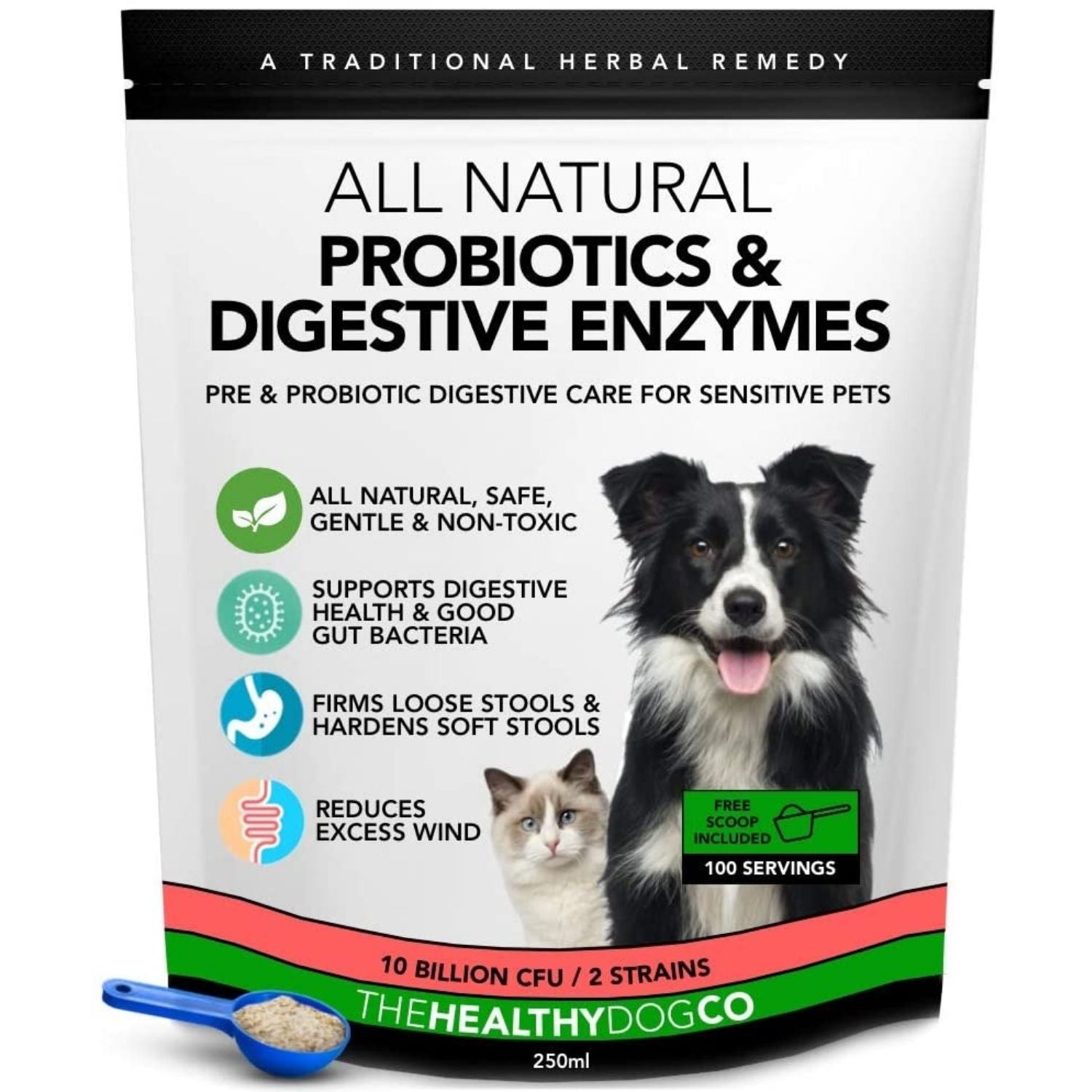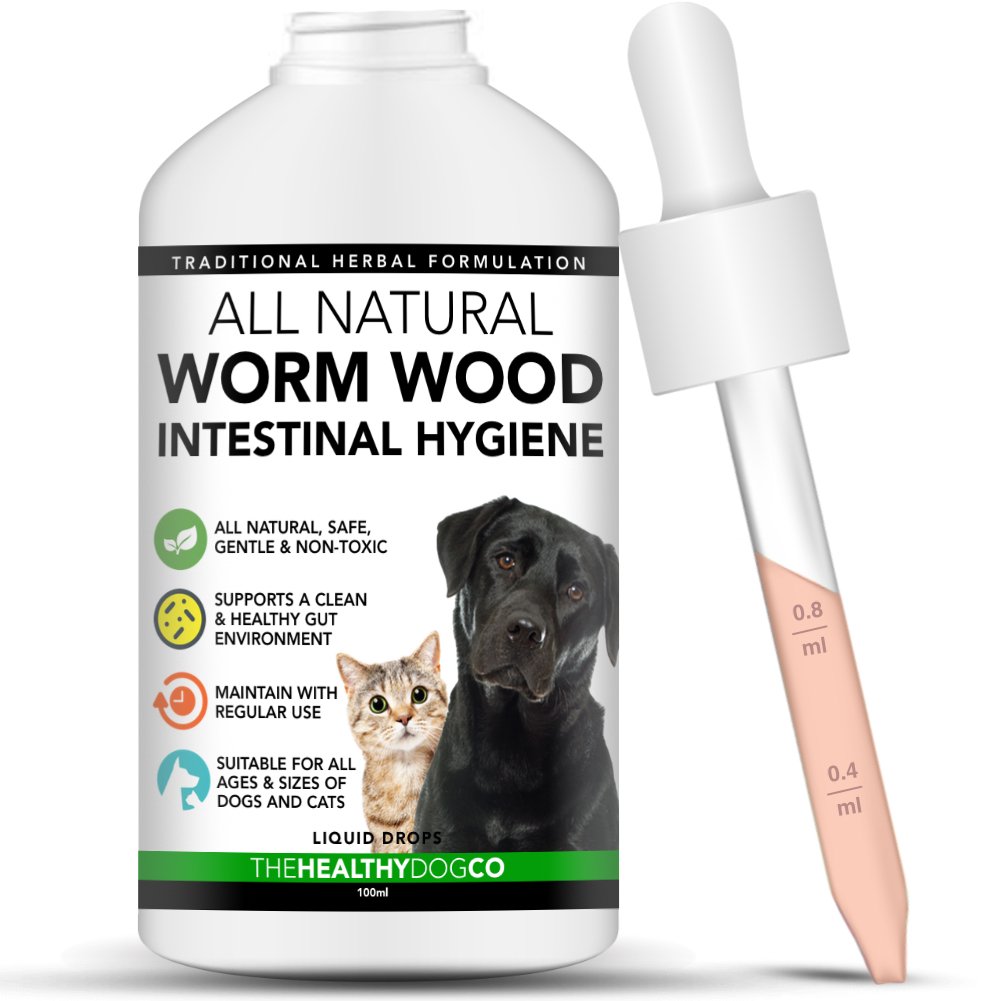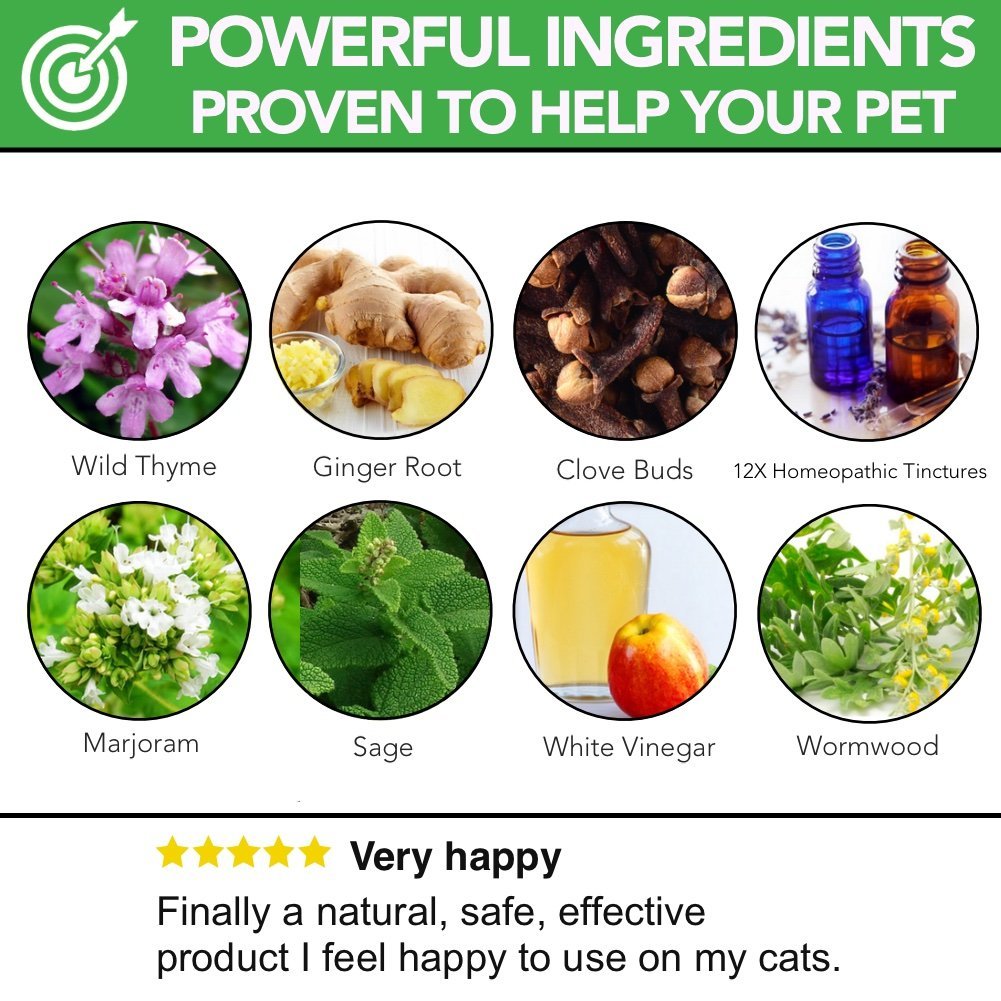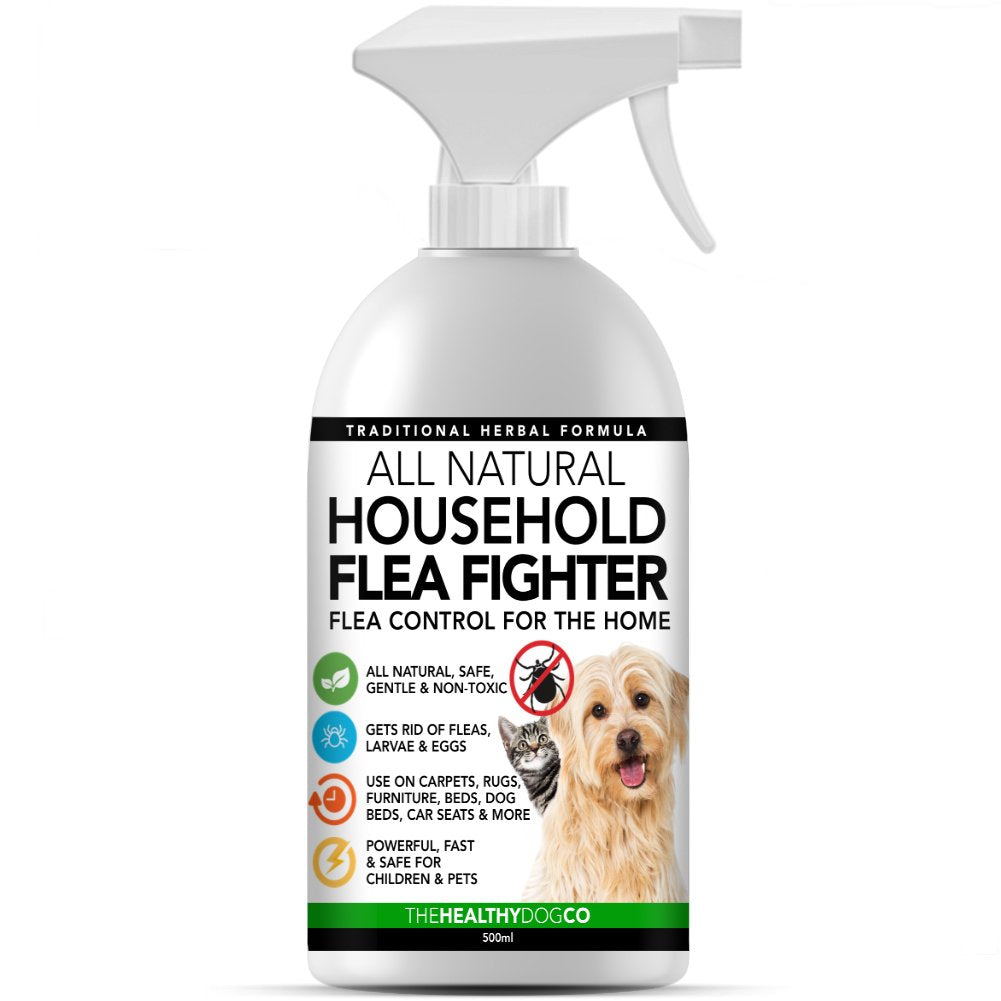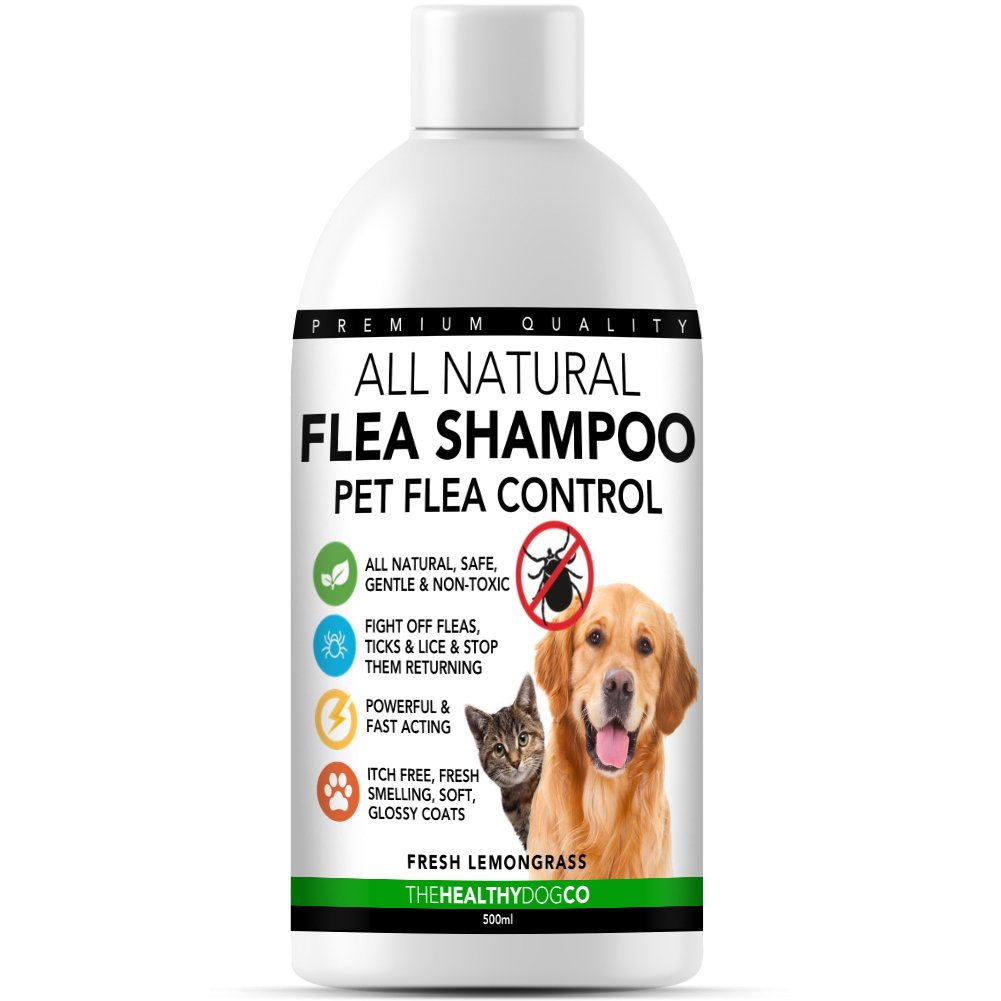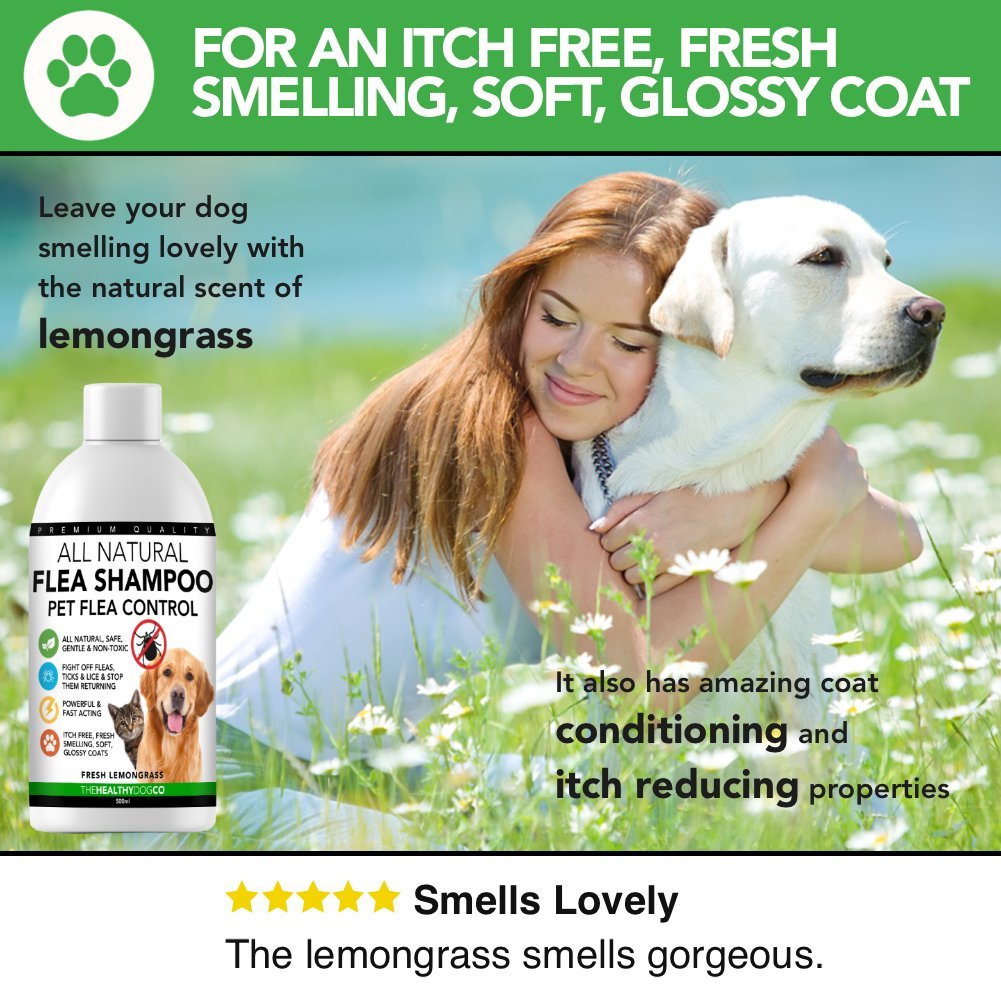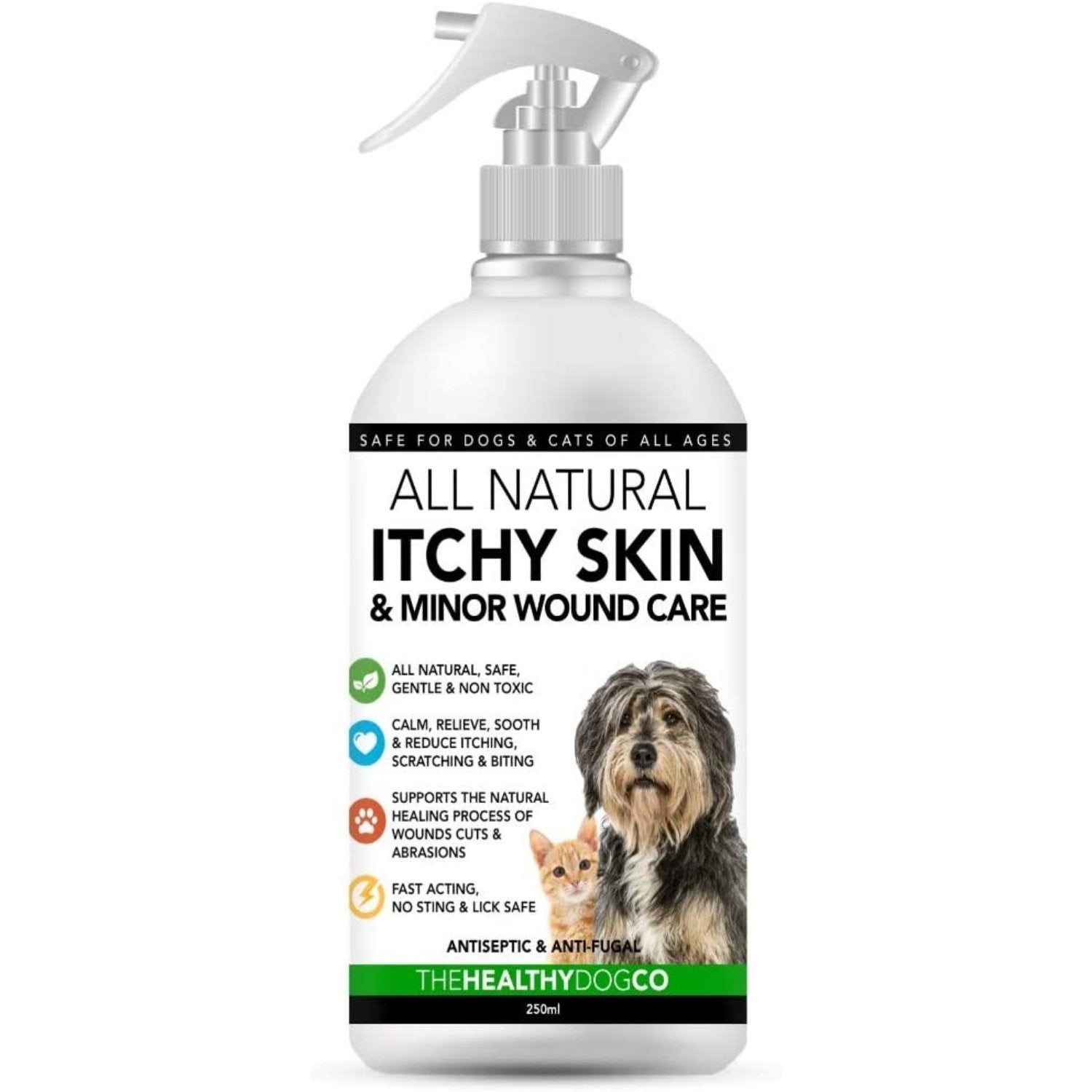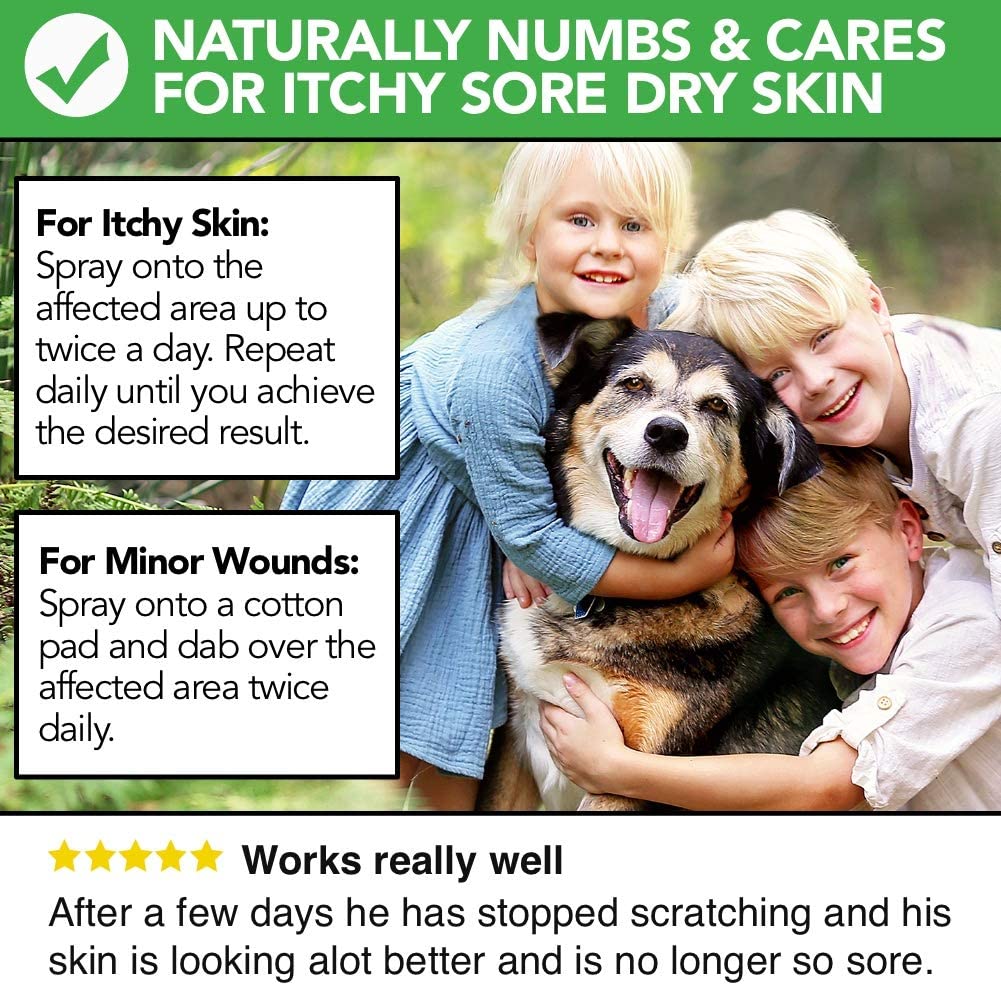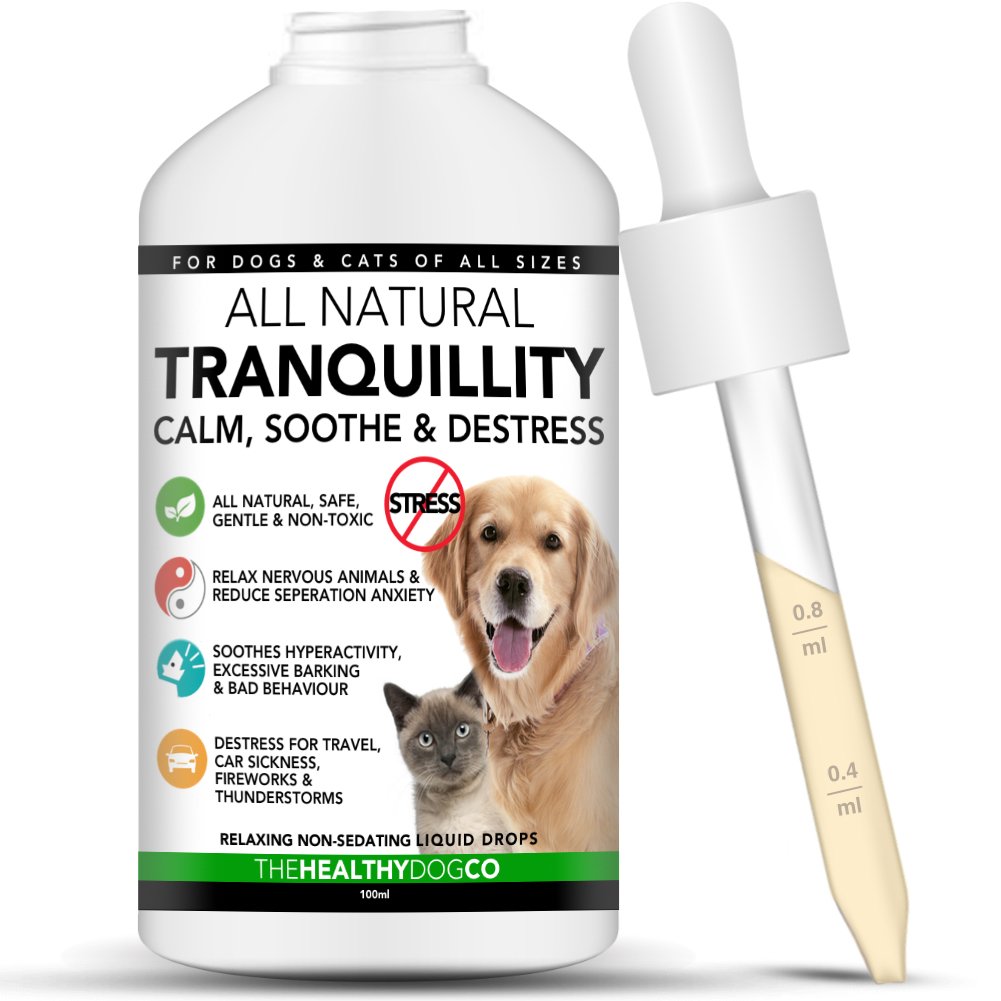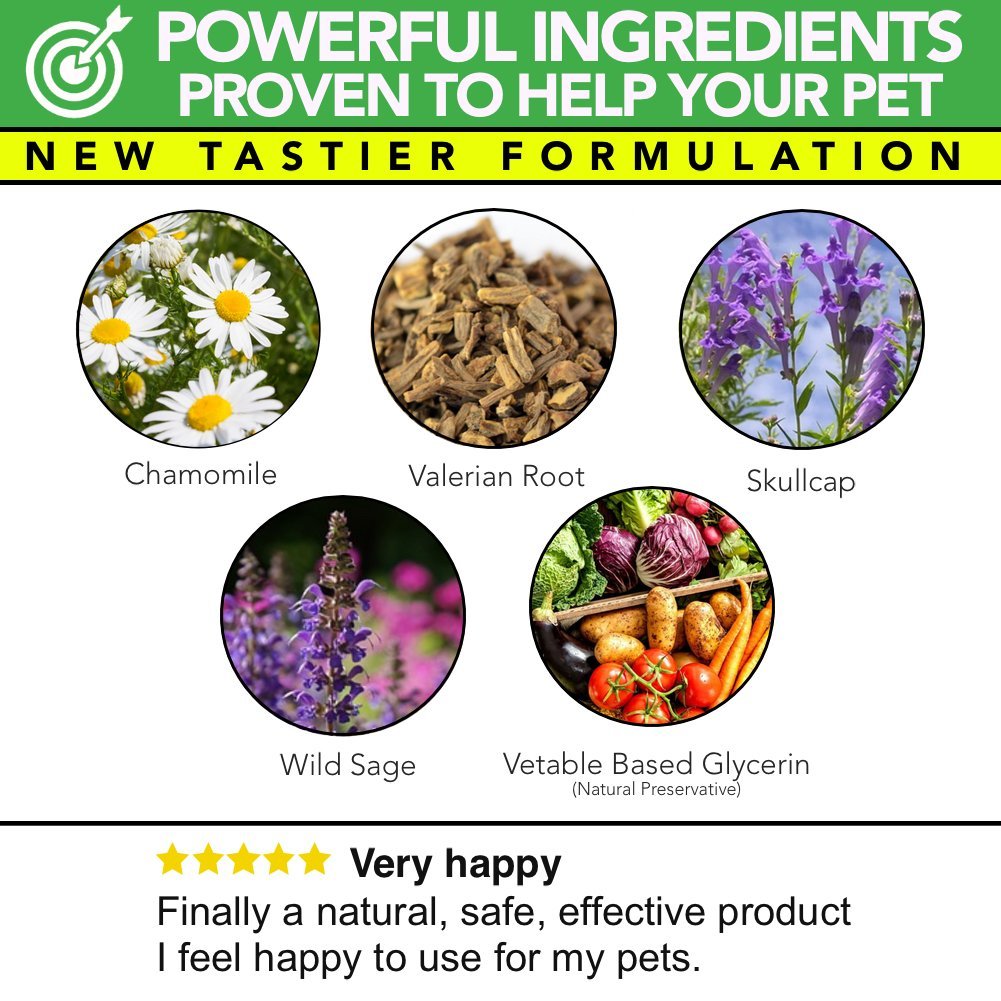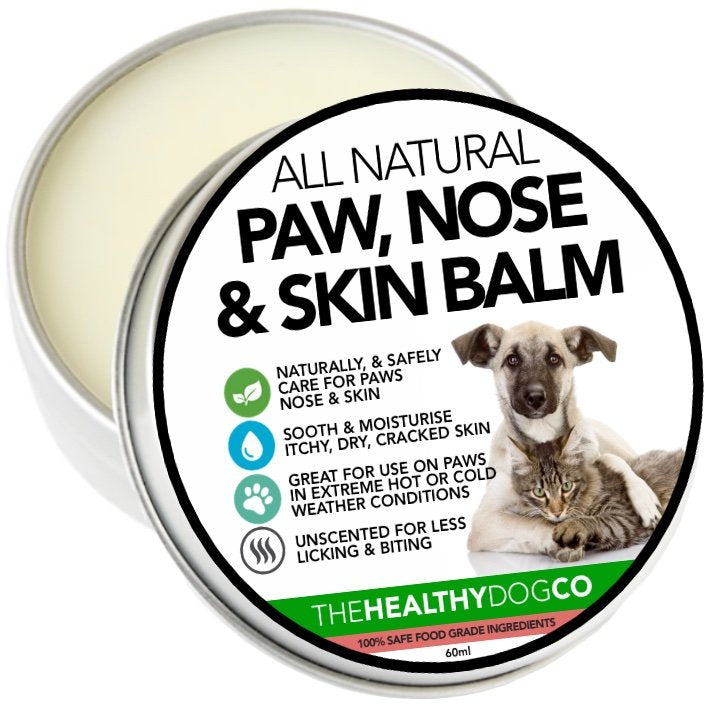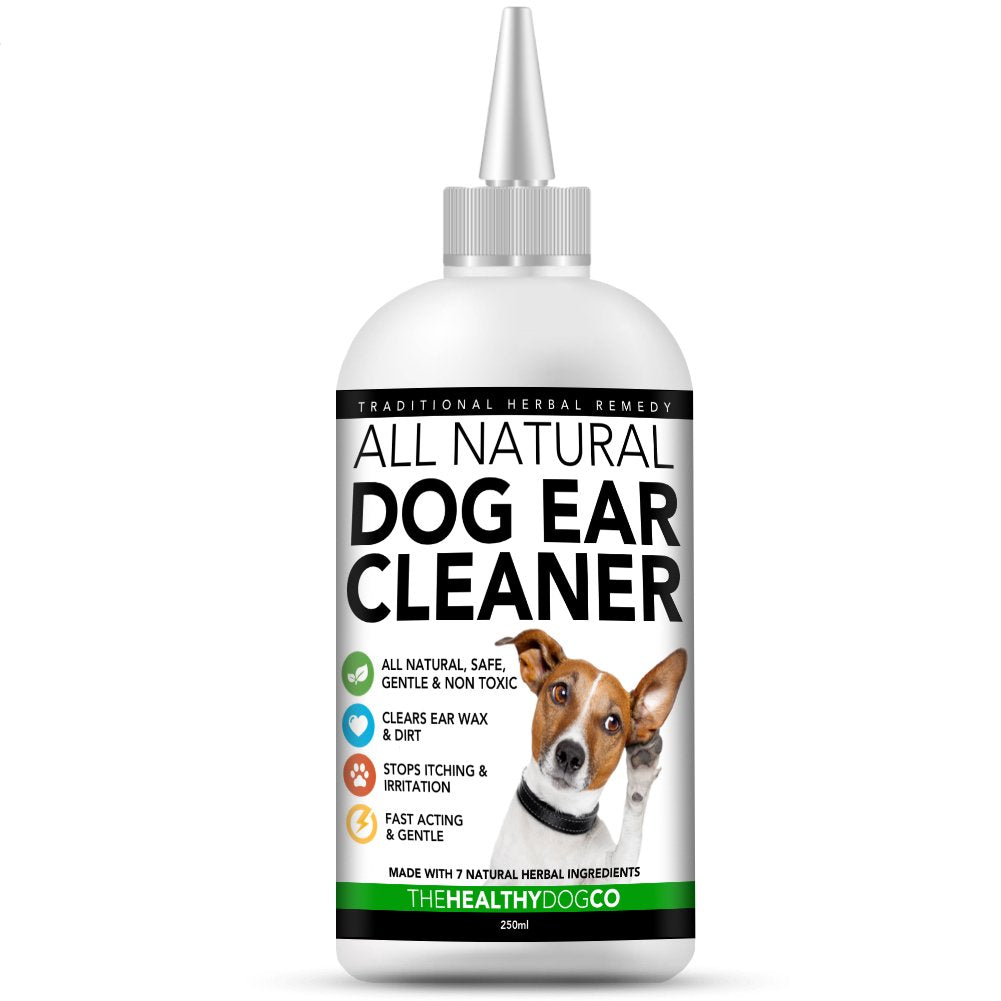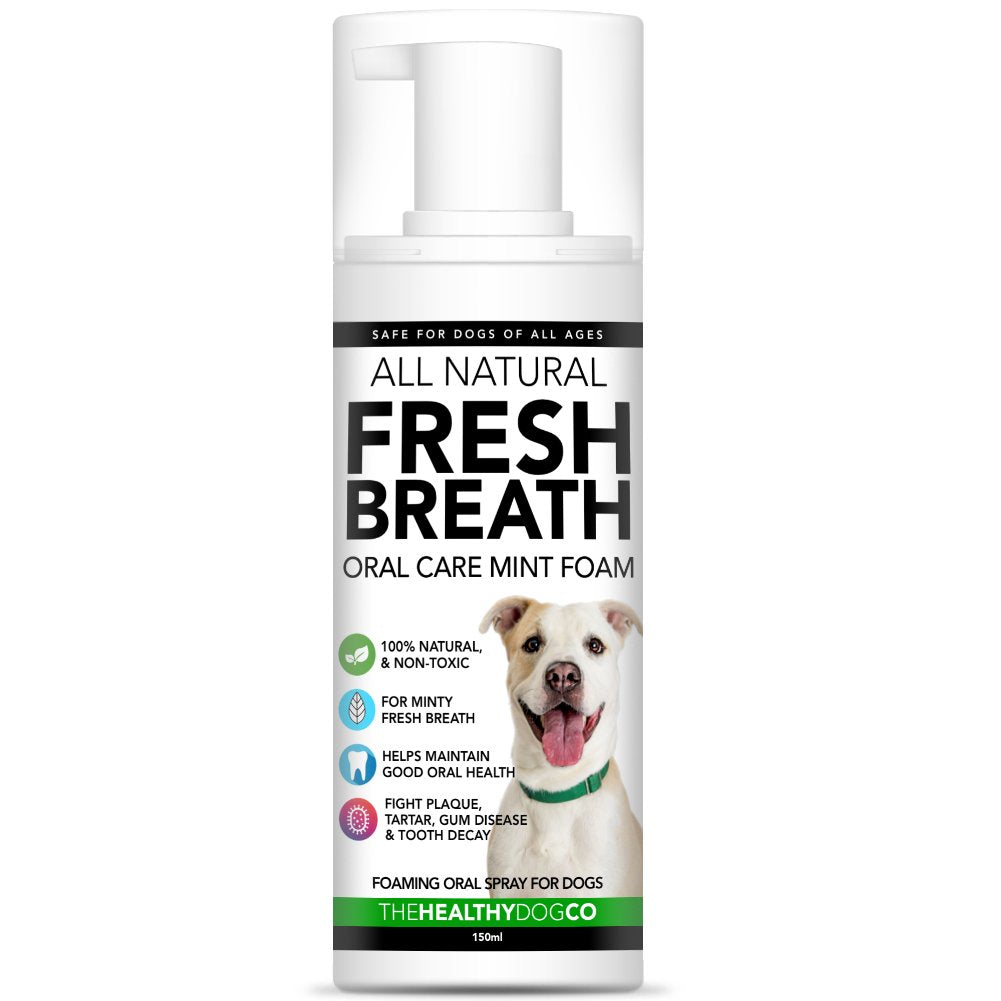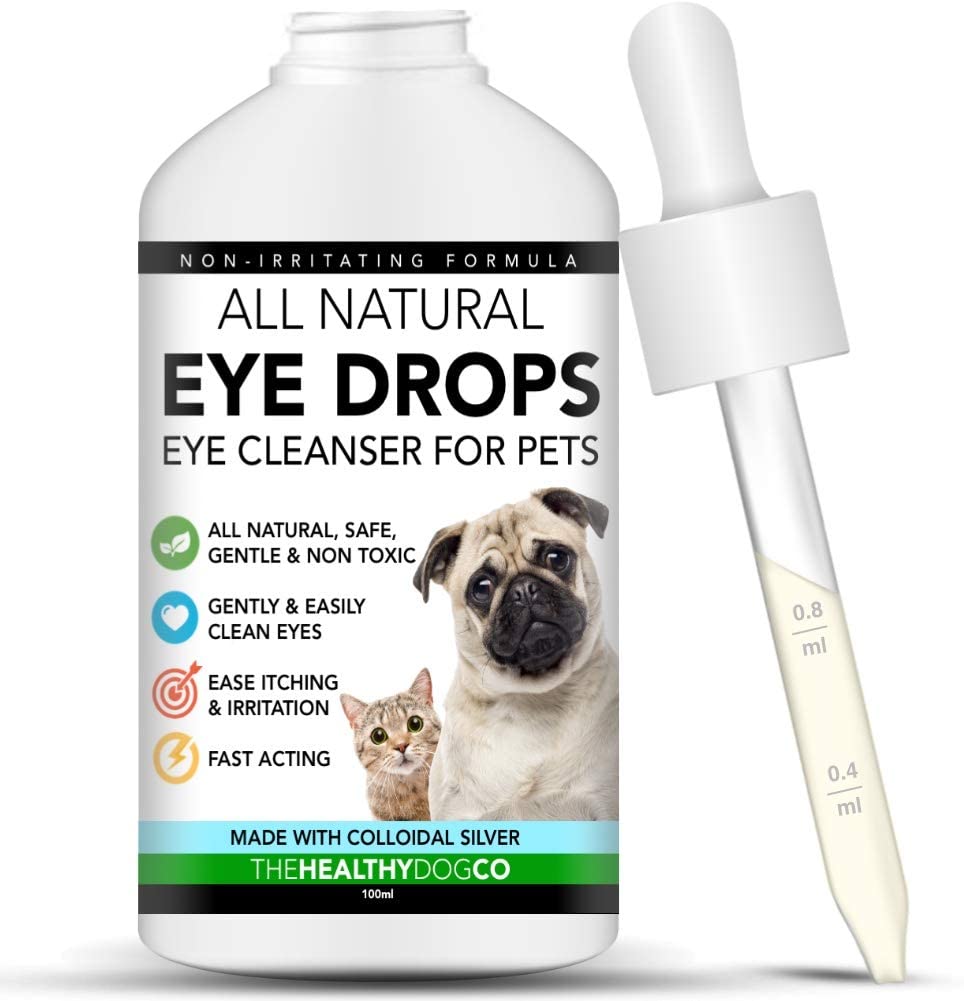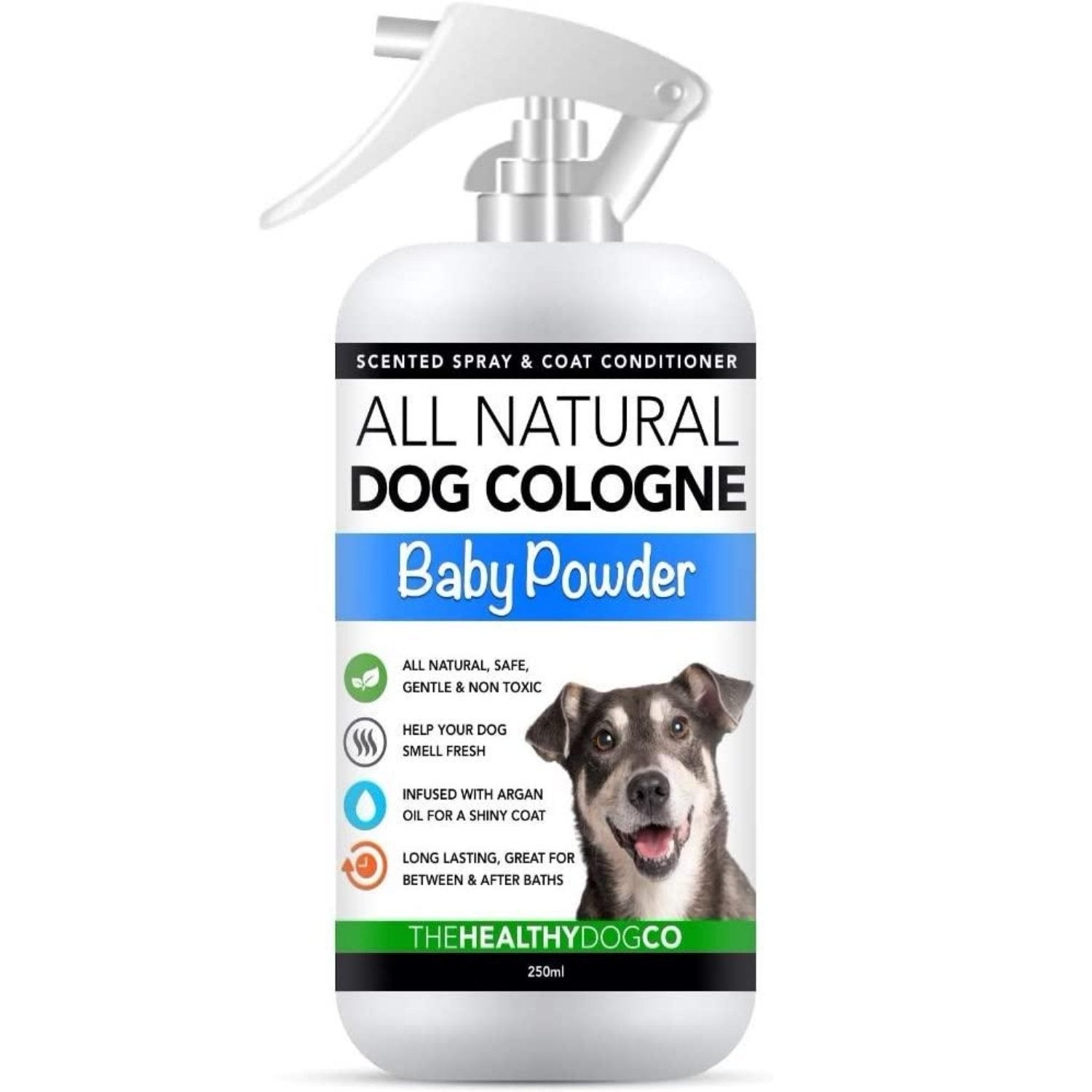
The Best Flea Treatment for the House

Having a dog or cat as a family pet can bring years of joy, fun and companionship for the entire family. Often, unwanted parasitic pests, looking for a warm dry place to breed, hitch a ride directly into your home riding shotgun and hidden on your beloved pet. Fleas and ticks do this by attaching to your pet's skin and fur where they are difficult to spot. As a result, more pet owners are searching for the best flea treatment for the house in 2020 and beyond.
According to experts, fleas are the most prevalent parasite currently on the planet that are found on animals with furs such as cats and dogs. It is estimated that there are over 2,000 species of fleas, and fleas can be found all around the world.
More Fun & Informative Facts About Fleas:
- Fleas are blind & don't have ears
- Fleas can lay up to 1,500 eggs during their life span
- Hard to catch - fleas can jump 30,000 times without stopping
- 95% of flea larvae, eggs & pupae live within your sofas, beds, carpets & rugs
- Fleas multiply like no other - 1 flea reproduces to become 1,000 fleas in just 21 days
- These parasites hate light & prefer to lurk in dark areas like tiny nooks, crannies & within floor cracks
- Fleas accelerate 50 times faster than modern-day space shuttles
- 16th century Europeans devised games (tiddlywinks) & collector dolls using fleas
- Flea pupae can live a year inside your home
- Even if frozen for 12 months, fleas can revive like a bad movie
If you are currently freaking and fretting about fleas invading your own comfortable abode, never fear, this article will review the best indoor flea treatments sold on the market.
What to do if you have fleas in your house?
Getting rid of fleas may be challenging to most. However, removing fleas from your indoor environment is not impossible if you know how to properly do it. If you notice fleas on your pet or inside your home, take action to rid your pet and home from these nuisance pests promptly.
Don't delay in starting this flea control process, as fleas multiply rapidly and cause people and pets to experience itching skin when they bite along with other discomforts and aggravation.
Do these simple things to rid your home of fleas:
- Take your pet to the vet
- Deep clean your home & vacuum more often
- Keep your pet clean & well-groomed
- Wash bedding in hot soapy water
- Invest in some effective & vet-approved flea treatment products
- Consider trying safe-for-pets home remedies such as vet-approved safe essential oils known to repel fleas
Additionally, follow some easy steps on how to use flea treatments at home listed in detail later in this article.
How do I get rid of fleas in my house fast?
If you own a dog or a cat, chances are that your pet will be targeted by fleas. This is especially true if your pet goes outside. Fleas can lurk in even the best-kept yards. They get there by the wanderings of many furry creatures like rabbits, squirrels, chipmunks and many others. It is inevitable that at some point one or numerous fleas will get trekked indoors by your unsuspecting dog or cat.
It is crucial for dog and pet owners to check their pets for fleas after letting them play outside or to do their business. Getting your dog or cat treated for fleas at your vet's office is another good countermeasure to keep fleas from invading your home's interior living spaces. The vet can recommend or perform several effective flea eliminating and repellent treatments.
When cleaning your home, it is wise to use only approved, safe and effective household flea treatment products. Since humans live indoors, it makes sense to avoid harsh chemical pesticides that can be dangerous to the people who live in or visit your home. More pet owners have made the switch to natural flea treatments instead.
The Best Household Flea Treatment
These days, trying to pick the best flea spray for home and furniture used can be difficult since there are so many products available on the marketplace at any given time. Many brands of flea treatment options advertise their product as being the best flea spray for the house but rarely live up to the hype.
Rather than chance buying the wrong flea spray/treatment for home, read our highly informative review for our favourite "Anti-puces ménagères entièrement naturelles"
This “Anti-puces ménagères entièrement naturelles” product is hands-down our top pick as the truly best flea spray for house product for several compelling reasons.
Consumers love this product for several factors that include:
- Natural and safe - toxin, chemical and pesticide-free
- Great for your pets, children and your own health
- Fast-acting
- Use on any surface
- Vet and groomer recommended
Unlike other dog flea spray, All Natural Household Flea Fighter offers a sensible flea infestation solution without the need for strong and toxic chemicals or other harmful ingredients.
This product is recommended for pets by many vets and groomers. It is safe to use around children, seniors and those with sensitive immune issues or allergies. The affordable price for a year's supply is well worth it.
This amazing product works on dog and cat fleas along with lice and ticks for an all-around great insect treatment and repellent that can help rid an infested home from fleas, eggs and larvae and help prevent these pests from taking up residence anytime in the future.
Use of this herbal flea treatment for the house won't hurt the environment either making this item an environmentally friendly choice for consumers concerned about the safety and condition of the planet.
Simply use every 3 days during the height of the infestation cycle. This will target and break the egg-laying cycle that adult female fleas go through. When fleas are known to be in season, it is best to prevent them from staying in your home by spraying carpets, rugs, dog beds and other favourite pet hangouts once a week. This will effectively repel new fleas and help prevent any present flea from laying eggs.
Consumers love this product because it can be used just about anywhere safely. It works on car seats, car interiors and car rugs/mats, beds and blankets among many other places without fear of damaging the item.
Instead of that horrid chemical cloud that can smell bad for days and weeks, this product smells like fresh and pleasant lemongrass. This is just one more reason why consumers everywhere call this purchase the very best flea treatment for the house. It can be used on delicate fabrics, furniture and bedding.
Another huge plus is that this product comes with a 30-day money-back guarantee if you and your precious pet are not completely sold and satisfied by the results. This product is made in the U.K. and meets standards to label as both cruelty and chemical-free.
Even if your curious pup or kitten licks the product, they are safe as it contains only natural herbs and other safe ingredients.
This must-try best flea sprays for home and furniture can be even better combined with the same brand's All Natural Flea Fighter flea repellent for dogs and cats and our flea shampoo for serious pet flea control that still smells wonderfully light with a hint of lemongrass aroma lingering in the air.
These impressive flea treatment products can also be found easily online at Amazon. Get powerful flea protection that's gentle enough for even the tenderest of pets, people and the nearby environment.
What are fleas? What do they look like?
Fleas are small insects that have a hard tough cuticle body without wings. Fleas will have lots of tiny bristles over their body with some bearing flattened spines that are considered combs. An adult flea will vary in size from 0.1 to 0.32 cm (0.039 to 0.13 inch) in length according to pest experts.
Fleas are considered a parasitic insect, and this means that they require another warm bird or mammal's blood to survive. The flea will feed almost exclusively on the blood of their targets including household pets, like cats and dogs, farm animals and wildlife creatures including birds. Fleas will even dine on human blood making them a threat to everyone's health and well-being.
The good news about fleas that all humans should be thankful for are that out of the 2,000 to 3,000 known species of fleas, only approximately a dozen or so flea species will feed on humans.
Since fleas are external parasites, these pests often stay hidden deep within the fur of its targeted host animal. Even if the pet owner checks their dog and/or cat for fleas after an outdoor jaunt, these small insects may be hard to see. This means that fleas are likely to end up inside of your house if the proper precautions aren't taken to prevent and limit their entry into the home.
It is worth cautioning that the tiny fleas are known for their jumping movements often jumping thousands of times without breaking their stride. These insects are known to change the direction of their characteristic jumping moves with each jump that they make. This makes the flea next to impossible to catch.
The larvae stage of a flea makes them look more worm-like with no visible limbs like arms or legs present. These larvae do have a mouthpart able to chew organic bits of debris left on a host's skin surfaces.
The colour of an adult flea is usually a reddish-brown to black. Although without wings fleas cannot fly, they do have the incredible ability to jump long distances of up to 8 inches with the average jump being about 3 to 4 inches. This is remarkable considering their small size and stature.
Flea Treatment FAQs:
How do fleas develop? The life cycle of a flea
Before you can break the endless and aggravating life cycle of a flea, you must first understand what the normal life cycle of flea stages are beforehand. Fleas develop through several stages.
These stages include:
- Egg
- Larva
- Pupa
- Adult
This full cycle or process that a flea goes through can take weeks or can last for several months depending on several conditions and factors. Fleas need a host to suck their blood where they get their life nutrients. Under ideal conditions, typical cat and dog fleas can live up to a year. However, if the fleas do not have a ready host, they will die in about 1 to 2 weeks.
To combat fleas that have infested your home, it is necessary to use reliable and proven effective flea treatments intended for the house, lawn and on the pets too.
The optimal living conditions for fleas include a temperature of around 70 degrees F. to 85 degrees F. with an accompanying humidity level of about 70 per cent. This explains by flea outbreaks tend to be more prevalent in the warmer summer months when dogs and cats are outdoors more. These temperature conditions are often found indoors during all seasons depending on what the homeowner's indoor temperature preferences are.
The adult female flea must have a blood meal for them to lay eggs. Just 1 adult female flea can lay up to 40 eggs each day. These smaller than a grain of sand eggs drop off as your pet wanders around your home. It is important to note that the number of eggs present on the pet itself is only about 50 per cent of what eggs might be found elsewhere throughout the house.
Eggs will hatch if conditions are right in about 2 days to 2 weeks but could take longer. The larvae stage is next, and flea larvae are tiny and translucent or white in colour. These larvae hide away in dark corners and spaces eating only left behind already digested adult flea blood droppings and other organic debris for 5 to 20 days when the larvae will spin cocoons.
Cocoons protect the vulnerable pupae inside. These will emerge from the cocoon in days or weeks if surrounding conditions are favourable for their growth and survival. If those conditions are not right, the cocoon stage can be extended to months and sometimes years before the pupae emerge into fully grown adult fleas.
What do fleas live off of?
Fleas are parasitic and feed off of warm animal blood. They need this blood meal to reproduce. When a young flea is in the larva stage, that larva will feed on leftover blood and other organic debris left behind by the nearby adult fleas. The fleas that will bite humans are usually ones that target dogs and cats.
How fleas infest? In pets and humans
Many homeowners are surprised when they find an infestation of fleas inside of a home or other structure where no dogs, cats or other pets are present. This likely occurred when a previous pet lived in the building. When that pet disappeared, the fleas left behind might have then found another suitable host. This could mean mice or other rodents and could even include humans.
Fleas that are normally found on dogs or cats will happily chow down on blood from a nearby human as well. An adult female flea will need to find a suitable warm-blooded host before they can lay eggs to reproduce. When an animal that lived in the house dies or leaves the premises, the fleas left behind still in the cocoon stage may not hatch for weeks, months or even a year waiting until the surroundings are favourable for their growth and health.
In general, an infestation of fleas begins when the fleas are transported indoors on a pet's fur or even a human's clothing. Once inside, they will find a suitable host. It should be noted that fleas may live undisturbed for up to 100 days even if they have no host to feed on if the fleas are in a protected state.
Where do fleas live?
Fleas can be found in many places and countries around the globe. They tend to prefer and thrive in warm, moist and humid environments with lots of shade. Outdoors, adult fleas are known to lie in wait of an unsuspecting human, bird or animal host usually hidden in tall grasses, reedy areas, in bushes or within another structure where hosts frequently walk by.
Inside, fleas are known to live in carpets, flooring, under rugs, in furniture, near pet areas, in the bedding of pets and people if the pet sleeps with their humans and in just about any small crevice or crack that provides a haven.
Can fleas live on hard floors?
Yes, fleas can live on hard floor surfaces. They generally wedge their slender small bodies into floor cracks and between hardwood floor planks. These pests can slip unnoticed underneath baseboards, behind appliances and underneath stair treads.
It is common to find fleas in the flooring around where a pet is housed. To rid the space and floor of fleas whether larvae, egg or adult stage, frequent sweeping and mopping can lift loose debris from the floor that younger fleas use for food and can loosen any eggs that might have been laid between the floorboards or under the baseboards.
How long do fleas live on carpet?
Most adult fleas will only live about 2 to 3 months in carpeting without targeted intervention to rid them from their hiding spot. However, flea eggs can live a surprisingly long time. Fleas may remain dormant for months and even years depending on the conditions.
How long can fleas live in an empty house?
The adult fleas will only live several days if they do not get a blood meal from a suitable host. Flea eggs have been known to remain in a dormant state until conditions that surround its location become favourable for their life. This could occur if the vacant house got very cold during the winter.
Keep in mind that some fleas will find a rodent host in abandoned homes that could keep them viable for a long time unless specific flea ridding actions are taken.
Steps on How to Use Flea Treatment at Home
To help ensure that fleas don't win the battle to take over your home, follow these simple steps on how to use flea treatment at home. This will help keep your pets, household furnishings and human family members safe from bothersome fleas all year long. In addition, it helps to use some useful products such as our flea shampoo.
1. Schedule an Appointment with Your Veterinarian
Your veterinarian can give valuable advice on ridding your house of fleas. This could require a flea bath or dip, prescription flea repellent agents or other flea deterring treatments.
2. Regularly Clean Your Home On the Same Day if Possible
Take time to do a thorough deep clean of your home. Try to do this on the same day if possible. If you vacuum the carpet on Monday but don't vacuum the living room sofa until Friday, fleas could just move over to more suitable locales.
3. Take Your Vacuum Out for More Frequently to Deter Fleas
Vacuum more frequently, and vacuum the pet area last to prevent fleas from jumping out when the vacuum is turned off. Treat the vacuum canister with flea repellent or flea killing spray.
4. Carefully Choose the Best Indoor Flea Treatment Product
It can be helpful to use a combination of safe-for-pets flea treatment products to tackle a flea problem aggressively and win. Consider using All Natural Household Flea Fighter to start.
5. Wash Pet & People Bedding in Hot, Sudsy Water
Wash all pet beds, blankets and bedding in hot sudsy water. If pets sleep on human beds, wash that bedding in the same manner.

6. Invest in a Good Flea Comb
Using a good flea comb can help comb out fleas that may be lurking in your pet's fur. This is especially important for long-haired cats and dogs.
7. Keep Regular Grooming Appointments for Long Furred Pets
Always keep long furred pets groomed regularly. These pets are more prone to pick up fleas lurking in the yard and inside.
8. Give Your Pet a Thorough Bath Using Pet Safe Shampoo
After washing up all of the pet bedding and cleaning up the pet's main area, give your pet a thorough bath using a pet-safe shampoo such as our flea shampoo from The Health Dog Co. This product's natural herbal formula can be used safely on both cats and dogs.
9. Apply Vet-Approved Flea Repelling Essential Oil to Pet
Some pet owners prefer to apply flea repelling essential oils to their pet's back or other spots using just a small amount as directed. Several essential oils are natural flea repellents.
**Caution: Avoid These Oils
Some dogs and cats have sensitivities to certain essential oils so these flea treatments can be harmful. Avoid these oils:
- Geranium
- Cloves
- Cinnamon
- Citrus
- Tee Tree Oil
- Lavender
- Bay
- Eucalyptus
- Linalool
- Pennyroyal
**List of Safe-for-Pets Essential Oils
Safe essential oil choices include:
- Peppermint
- Lemongrass
- Thyme
- Rosemary
- Cedar Wood
Conclusion
Fleas can make your dog or cat, and even you, uncomfortable and may carry serious diseases. Keep your pet and home free from nuisance fleas by initiating a regular flea control plan.
Remember:
- Target key flea hotspots regularly
- Wash pet/people bedding & bathe the pet
- Vacuum regularly - toss/clean vacuum bags after sweeping flea areas - do this outside
- Vacuum carpets, floors & furniture regularly
- Treat all household pets at the same time
- Clean pet area last - where most fleas, eggs & larvae will be
- Consider utilising our dog flea shampoo aside other flea prevention treatments
Discover the best flea treatment for the house in 2020 and keep fleas at bay.
Learn more by accessing The Healthy Dog Co products anytime.
Featured Products
About The Healthy Dog Co
The Healthy Dog Co’s mission is to create products that dog and cat owners can trust with the health of their pets by only producing products with healthy, safe, all natural ingredients.
At The Healthy Dog Co, it’s all about giving your pet a healthy and happy life with All Natural Health, Happiness and Care Products.
Because Your Pet Deserves Better!
Shop our range of All Natural Healthcare Products for your Dog or Cat today!










